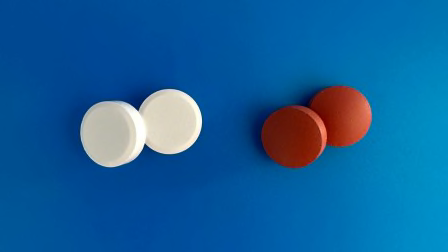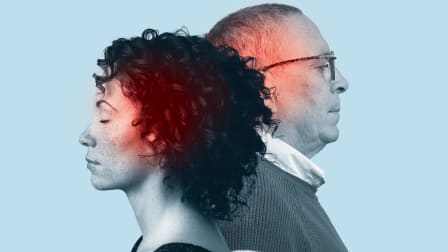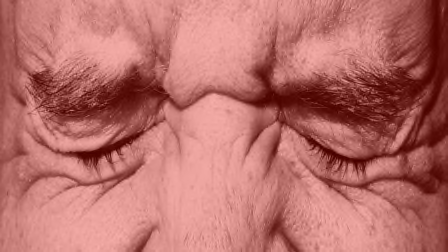How to Treat a Headache Without Drugs
Certain supplements and alternative treatments can sometimes provide some relief

Most people with a headache reach for an over-the-counter pain killer like acetaminophen (Tylenol and generic) or ibuprofen (Advil and generic), or basic self-help steps like turning off the light, lying down, and maybe applying an ice pack. While those steps can and often do help, they don’t always. Thankfully, there are other approaches you can try too. Here are several, all with at least some scientific support.
Supplements May Help
Vitamin B₂ (aka Riboflavin)
The American Academy of Neurology and the American Headache Society are impressed with the research for this vitamin. One study found that people who take 400 mg a day of B₂ cut the frequency of migraine attacks by two per month compared with placebo.
Vitamin D
Migraine sufferers tend to have lower blood levels of this vitamin than others, and supplements might reduce the number of attacks, some research suggests.
Alternative Treatments
Here are a few common, effective nondrug ways to ease or prevent headaches, especially migraines. These can be combined with medications or tried on their own. Some, such as biofeedback and medical devices, are less likely to be covered by insurance, says Mia Minen, MD, chief of headache research at NYU Langone Health in New York City.
Behavioral Therapy
This could mean adopting better sleep habits or exercising more, or undergoing relaxation training (where you learn to progressively relax your muscles and pace your breathing) or cognitive behavioral therapy (which involves learning how to identify and change unhelpful responses to stress). Other approaches involve using a thermal biofeedback device to increase blood flow to your fingertips and away from your head, or electromyographic biofeedback, which uses electrodes on your jaw or back to help you learn how to relax those areas.
To try it: Ask your physician for recommendations of licensed providers of these techniques in your area.
Medical Devices
A common one of these is called external trigeminal nerve stimulation (e-TNS). At least one trial of the at-home devices found that they cut migraine pain by nearly 60 percent. When you feel a migraine coming on, you place an adhesive electrode to your forehead that stimulates the trigeminal nerve. They can also be used daily to prevent migraines.
To try it: See if your insurance will cover it, and if it will, ask your doctor for a prescription. If it’s not covered, you can order one directly through a company such as Cefaly, though expect to shell out several hundred dollars.
Acupuncture
For headache prevention, growing research confirms that this ancient Chinese practice, which involves inserting tiny needles into the skin at specific points in the body, can modestly reduce the number of both tension headaches and migraines.
To try it: Find an acupuncturist in your area through the National Certification Commission for Acupuncture and Oriental Medicine, at directory. nccaom.org. It may be covered by insurance; if it’s not, expect to pay upwards of $100 per session.
Physical Therapy
Some people with migraines experience tight shoulder or neck muscles before an attack. Others have such frequent migraines that those muscles remain tense. For people with neck pain, physical therapy to relax and strengthen muscles, or improve posture, can help.
To try it: Ask your doctor to recommend a specialist, or search for a certified professional at the American Physical Therapy Association website.
A Word of Caution About Marijuana
While marijuana is sometimes promoted as a treatment for headaches, especially migraines, there’s still not much evidence of its effectiveness against the pain. And some research links regular use of cannabis to an increased risk of heart attack, stroke, heart failure, and other health risks. Finally, remember that even medical marijuana is still not legal in many places. (Note that there is also not much evidence for marijuana’s THC-free cousin, CBD, in treating or preventing headaches.)
Editor’s Note: This article also appeared in the February 2024 issue of Consumer Reports magazine.




















